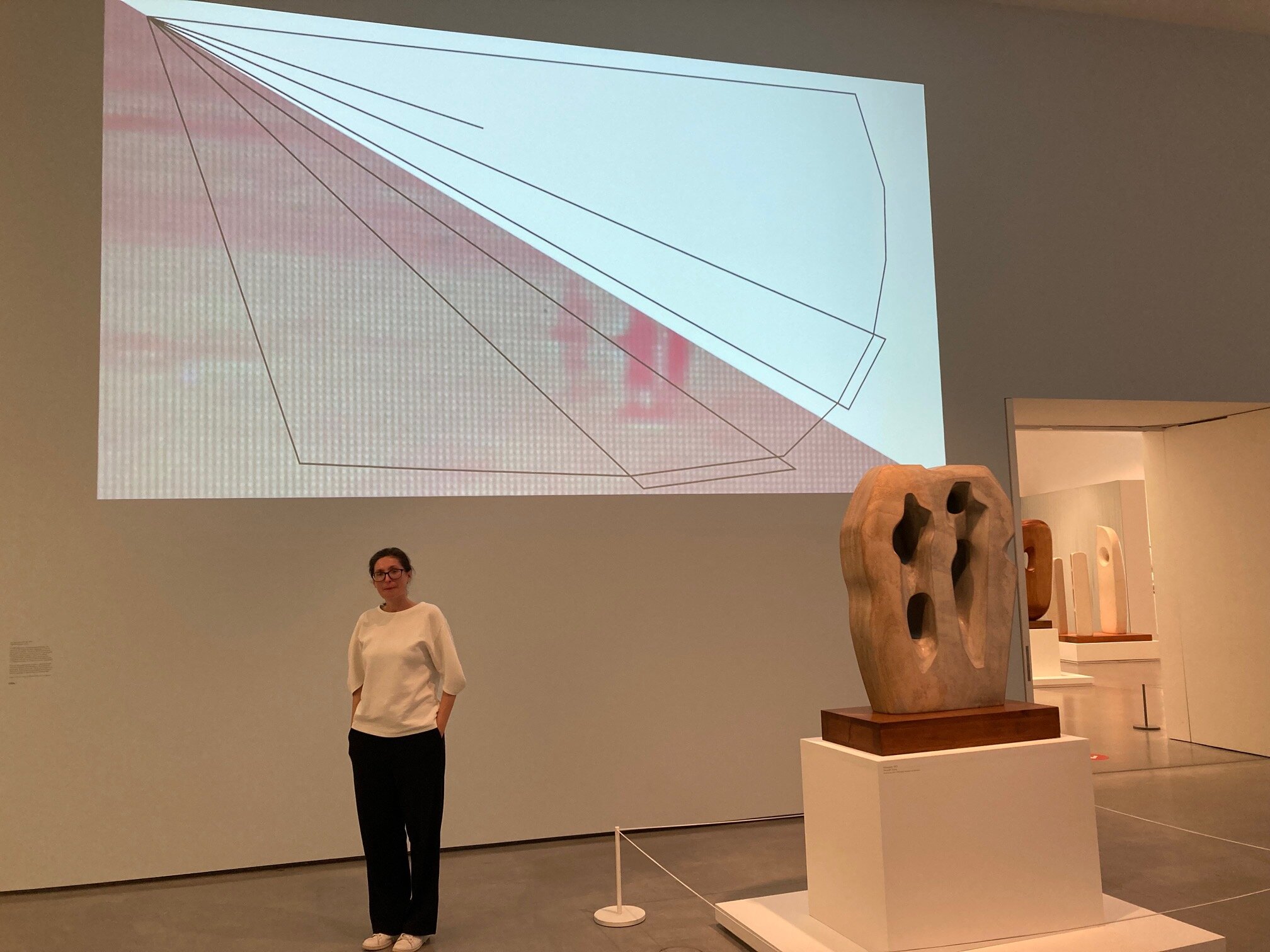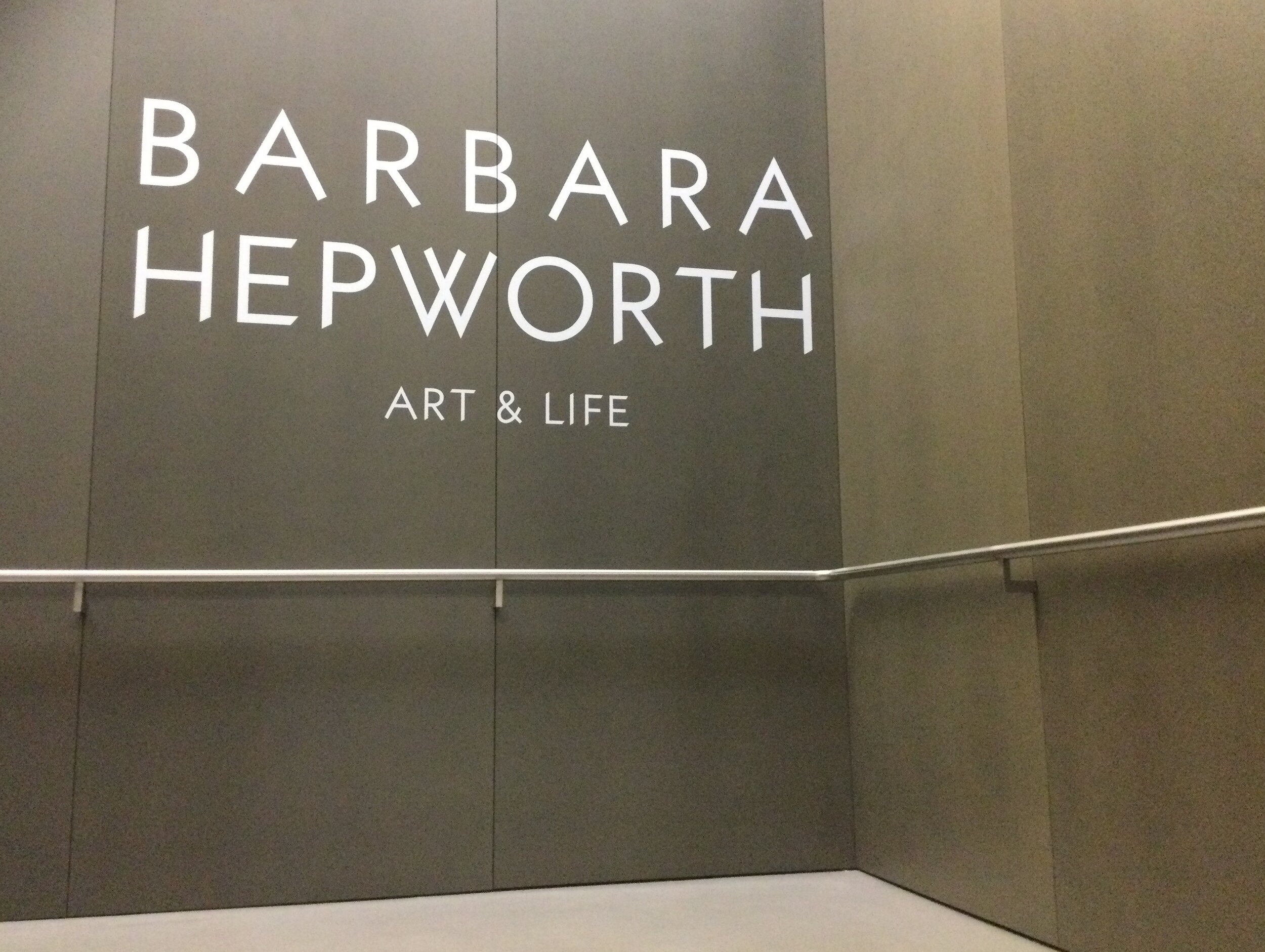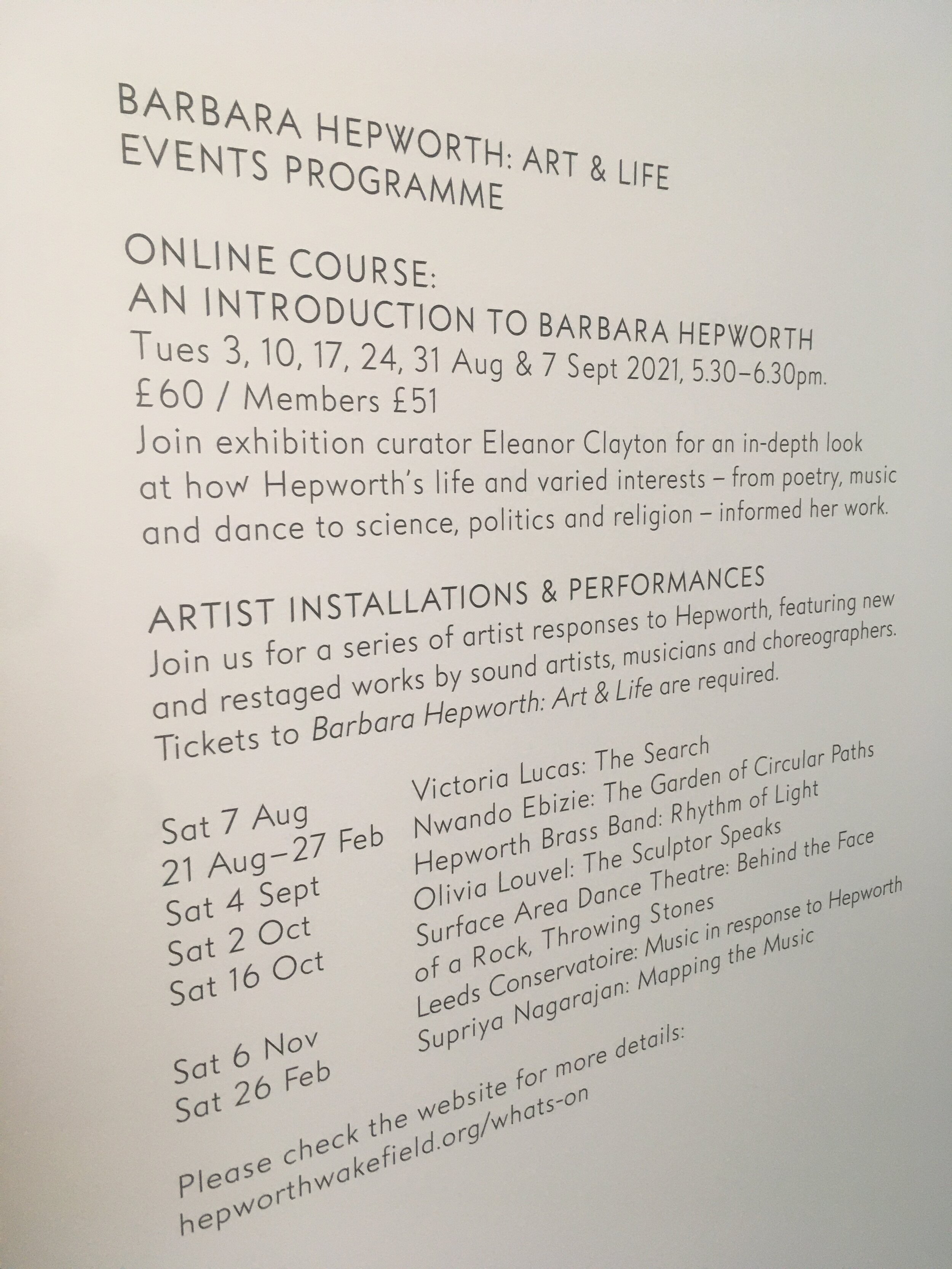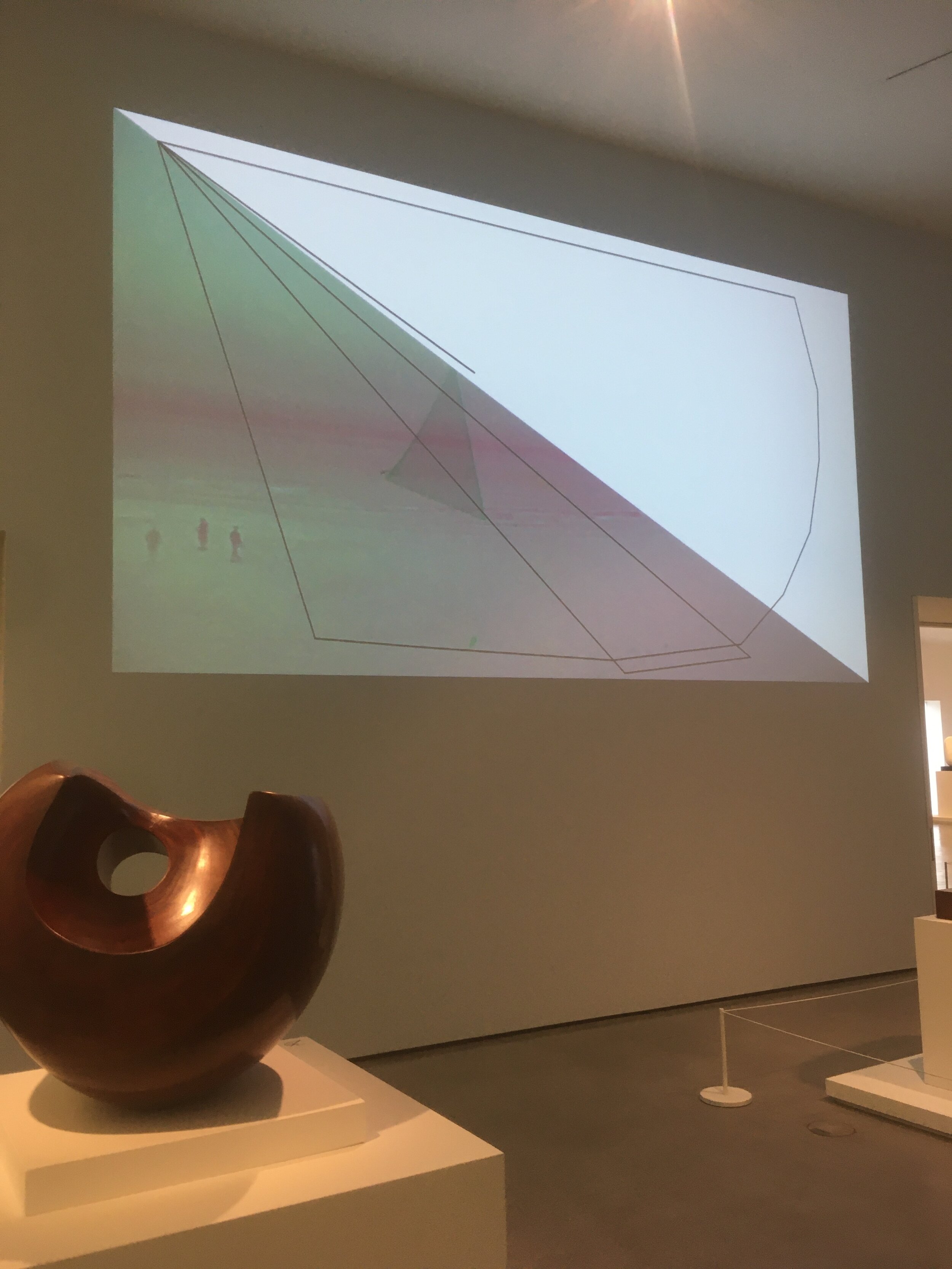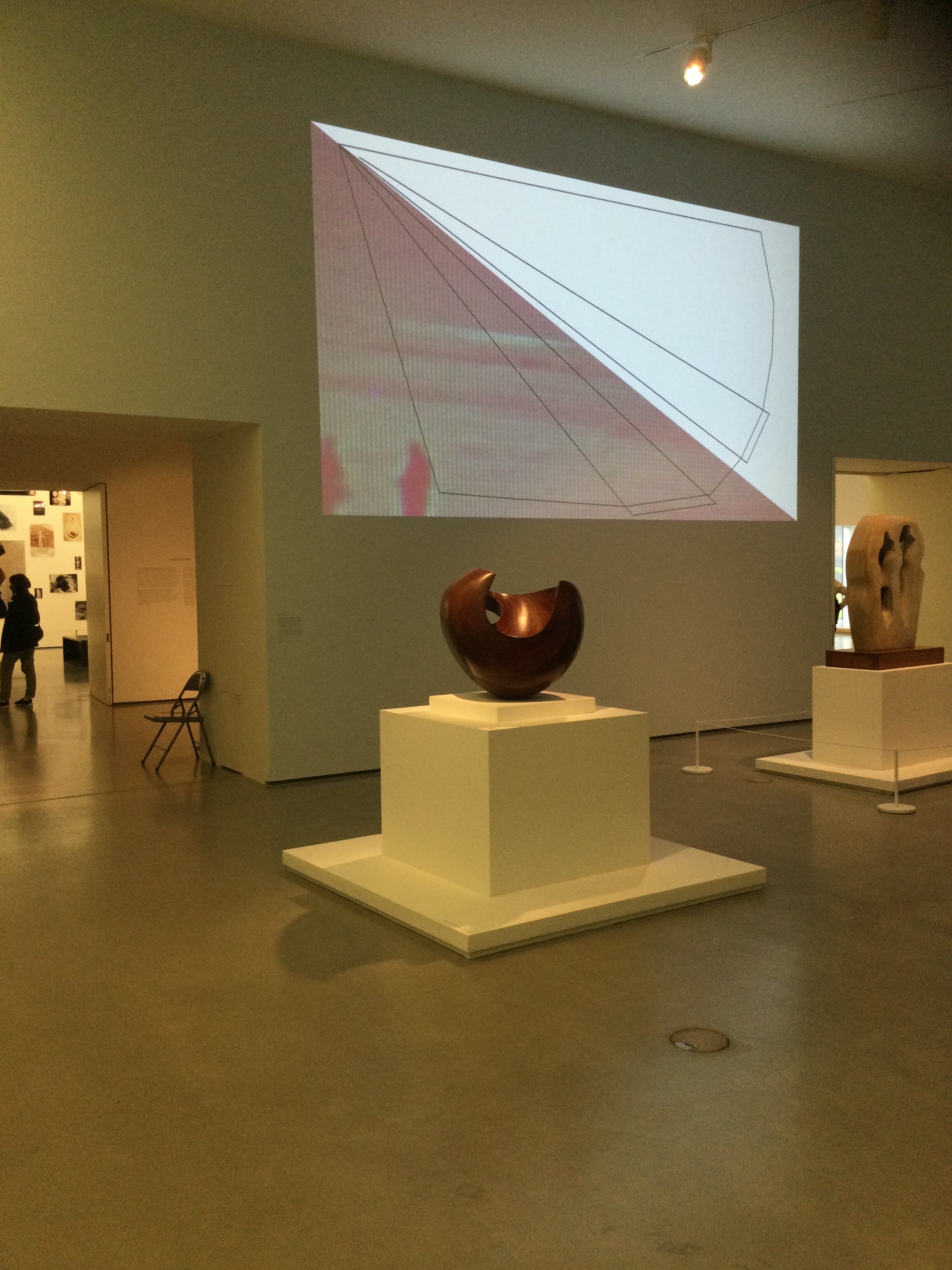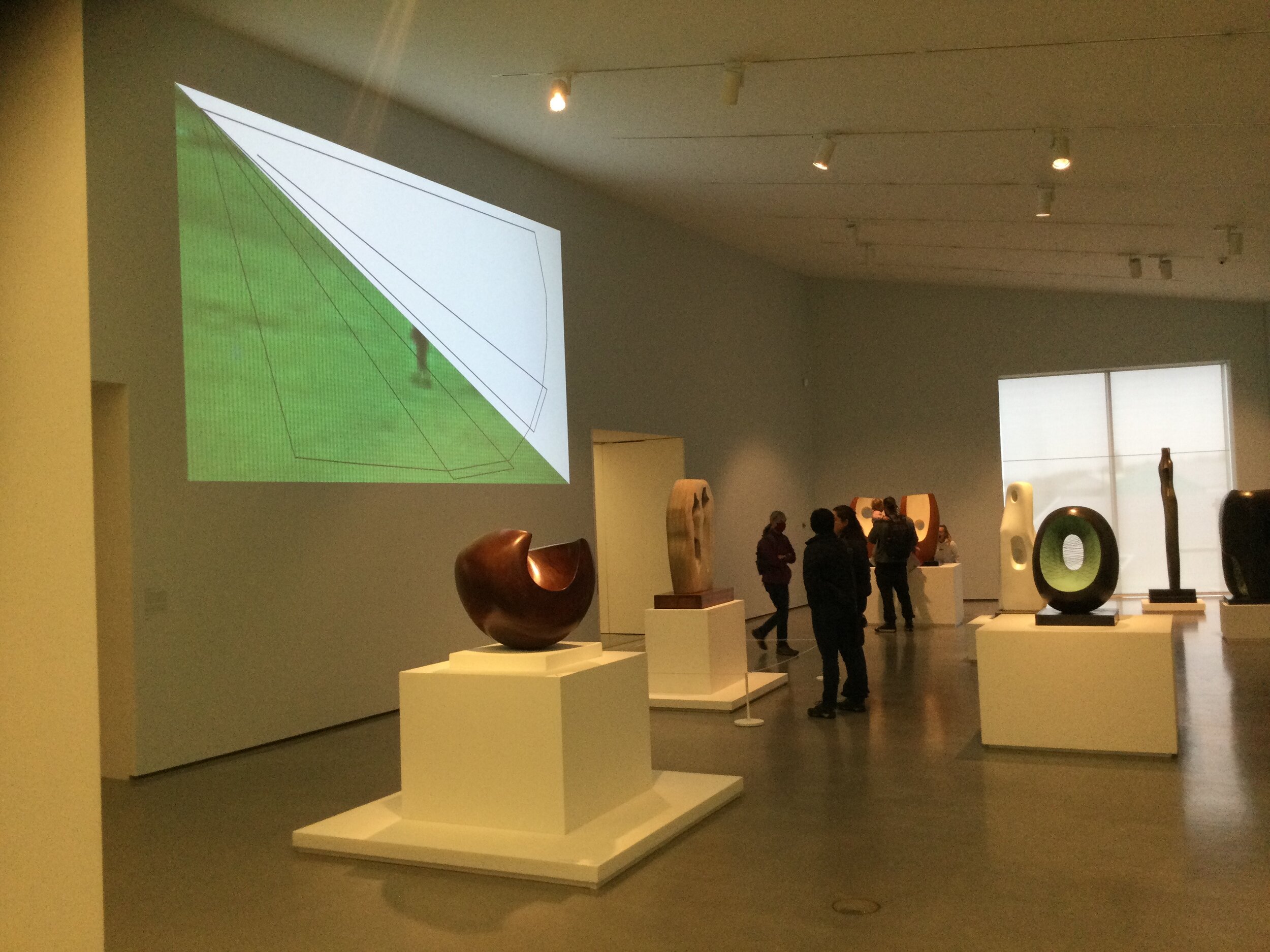Happy and grateful to have been awarded by the Henry Moore Foundation a grant allowing me to travel to remote Iceland and conduct research on and inside Lukas Kühne’s sculpture for one month, Spring 2023.
Located on the Iceland's east coast, 'Tvisöngur' (2012) is a site-specific concrete sculpture tuned to react to certain pitches. The aim is to explore corporeality in our experience of sculpture, and the notion of the inside of sculpture as Kühne's sculpture can be entered. This on-site research sits within my thesis 'On the interplay of voice and sculpture: a hybrid encounter' whose purpose is to understand through a cross-disciplinary approach their intrinsic relationship. Voice and sculpture, when do they connect? Who actively participates in their interplay?
The plinth is long gone, so is representational endeavour. In the 20th century, sculpture has expanded from solid, time and weather enduring, to fragile, ephemeral, biodegradable and even anti-sculptural. Sculpture is carved, cast, built, or not when found as ready-made to exhibit, it is stacked, disintegrated, exploded, and re-assembled. Sculpture in the twenty-first century is indeed “unlimited” as asserted by sculptor Eva Grubinger and curator Jörg Heiser (2011). This statement is preceded by Rosalind Krauss’s seminal article on the expanded field of sculpture in which she concludes that sculpture is now a category that results from the combination of exclusion: if it is neither a landscape, nor architecture, then it is sculpture. Lukas Kühne’s sculpture certainly sits within that field. Kühne states that Tvisöngur becomes a sculpture of singing concrete and explains how the sculpture is built of concrete and consists of five interconnected domes of different sizes. Each dome has its own resonance that corresponds to a tone in the Icelandic musical tradition of five tone harmony and works as a natural amplifier to that tone.
Very often sculpture is looked at, as a three-dimensional shape we can circle. Barbara Hepworth notably invited to touch sculpture and use our own body. “I think every person looking at a sculpture should use his own body. You can’t look at a sculpture if you are going to stand stiff as a ram rod and stare at it, with as sculpture you must walk around it, bend toward it, touch it and walk away from it.” But how often do we get to enter sculpture? What is at play here with the on-site research I wish to conduct in Iceland is the corporeality of sculpture, how our body as experiencers interact with the sculpture for a whole sensorium experience from within, from the inside. With corporeality, the voice is in reach and at play as embodied, the voice is a tool of perception and experience of Kühne’s sculpture.


